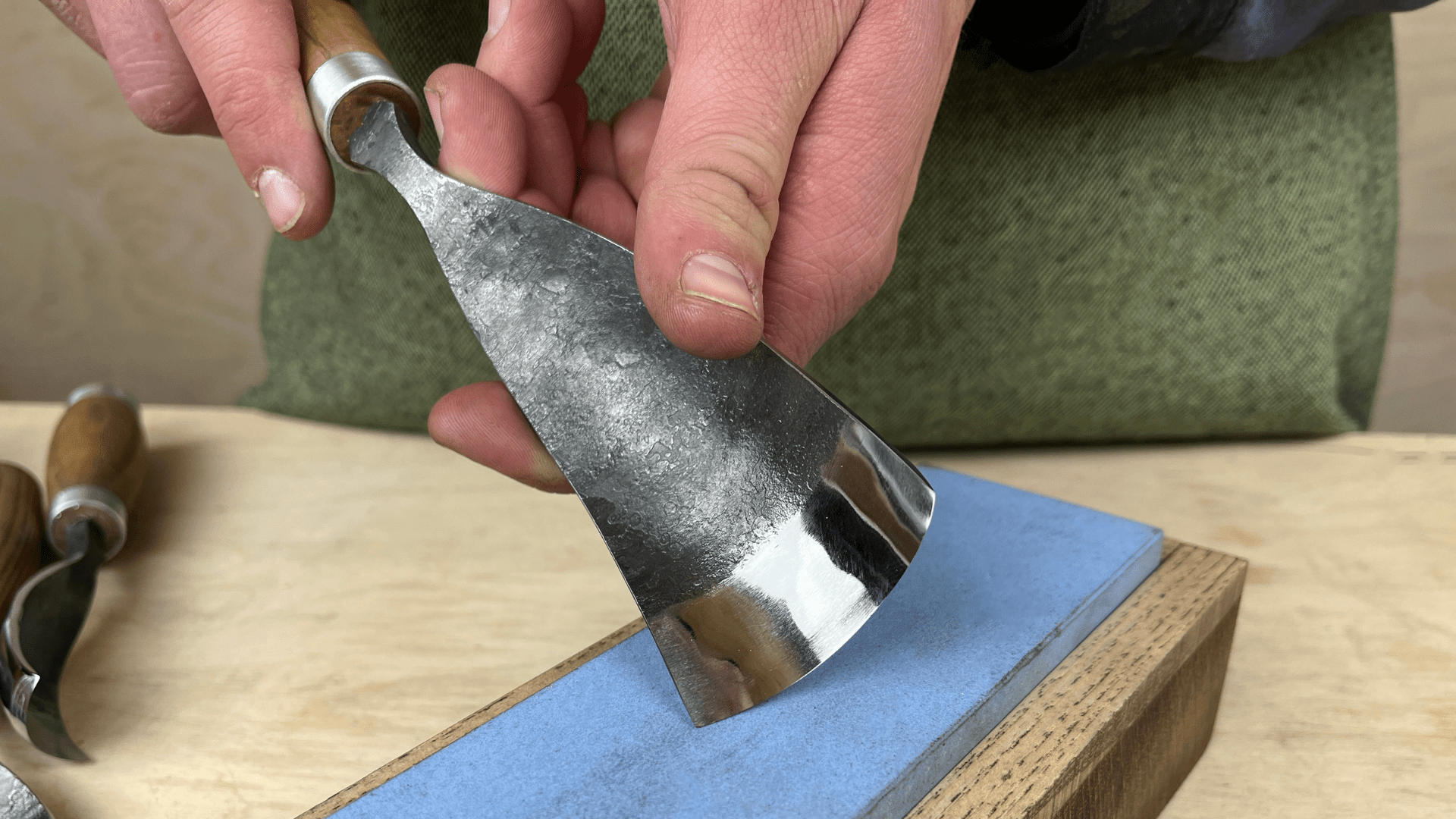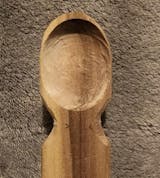Wood carving is an art that relies heavily on precision and finesse, both of which are greatly influenced by the sharpness of your tools. Sharp tools are essential for successful wood carving. Not only do they make the task easier, but they also ensure finer, more precise cuts and a safer experience overall. In this blog post, we'll explore the fundamentals of keeping your wood carving tools razor-sharp using honing stones, strops, and other essential sharpening tools.
Understanding the Importance of Sharp Tools
Before we delve into the sharpening process, it's important to understand why maintaining sharp tools is crucial:
Efficiency: Sharp tools require less force to cut through wood, making your work more efficient and enjoyable.
Precision: Sharp tools give you better control over your cuts, which is vital for achieving intricate details and smooth finishes.
Safety: Dull tools are dangerous because they require more force and can slip easily, leading to accidents.
Selecting the Right Sharpening Tools
To keep your tools in top condition, you'll need the following sharpening tools:
Honing Stones: These are available in various grits. Start with a coarser grit to reshape or repair a dull edge and finish with a finer grit to hone the edge to a sharp finish.
Strops: A leather strop is used after honing to polish the tool edge and remove any remaining burr, enhancing the sharpness.
Sharpening Jigs: For beginners, a sharpening jig can help maintain the correct angle on your tools during sharpening.
You can find all the quality sharpening tools you need on this page.
Step-by-Step Guide to Sharpening Your Wood Carving Tools
Inspect and Prepare Your Tools: Start by inspecting your tools for any nicks or dullness. Clean them of any dirt or rust to ensure a smooth sharpening process.
Setting the Correct Angle: The angle at which you sharpen your tools is crucial. For most carving tools, a 20-30 degree angle is appropriate. You can use a sharpening guide to help maintain this angle consistently.
Start with Honing Stones: Begin with a coarser stone if your tool is very dull. Place the blade against the stone at the correct angle and push it along the stone in a smooth motion, as if trying to slice a thin layer off the top. Repeat this several times on both sides of the blade until you've formed a new edge.
Switch to Finer Grits: Once the edge is shaped, switch to finer grit stones to refine and smooth the edge. Use the same technique, ensuring not to press too hard, which can damage the tool.
Finishing on a Strop: After honing, move to a leather strop. Apply a bit of honing compound to the strop and gently drag the tool away from the cutting edge on both sides. This helps in removing any remaining burr and polishes the edge.
Test the Sharpness: Test the sharpness of your tool on a piece of scrap wood. A sharp tool should cut cleanly and without much effort.
Tips for Maintaining Sharp Tools
Regular Maintenance: Sharpen your tools regularly to avoid the need for extensive reshaping. Frequent light honing and stropping can maintain an edge for a longer period.
Proper Storage: Store tools in a dry place and in a manner where the edges do not touch each other or hard surfaces, to avoid dulling.
Use the Right Tool for the Job: Avoid using your wood carving tools on inappropriate materials that could damage the edge.
Sharpening your wood carving tools is a skill that complements your carving abilities. With practice, maintaining a sharp edge on your tools will become a natural part of your crafting process, leading to better results and more enjoyable carving experiences. Remember, a well-maintained tool is a reflection of a craftsman's respect for their art. Happy carving!


Share:
Welcome to ForgedSteelTools.com: A Legacy of Craftsmanship
Essential Tools for Beginners in Wood Carving